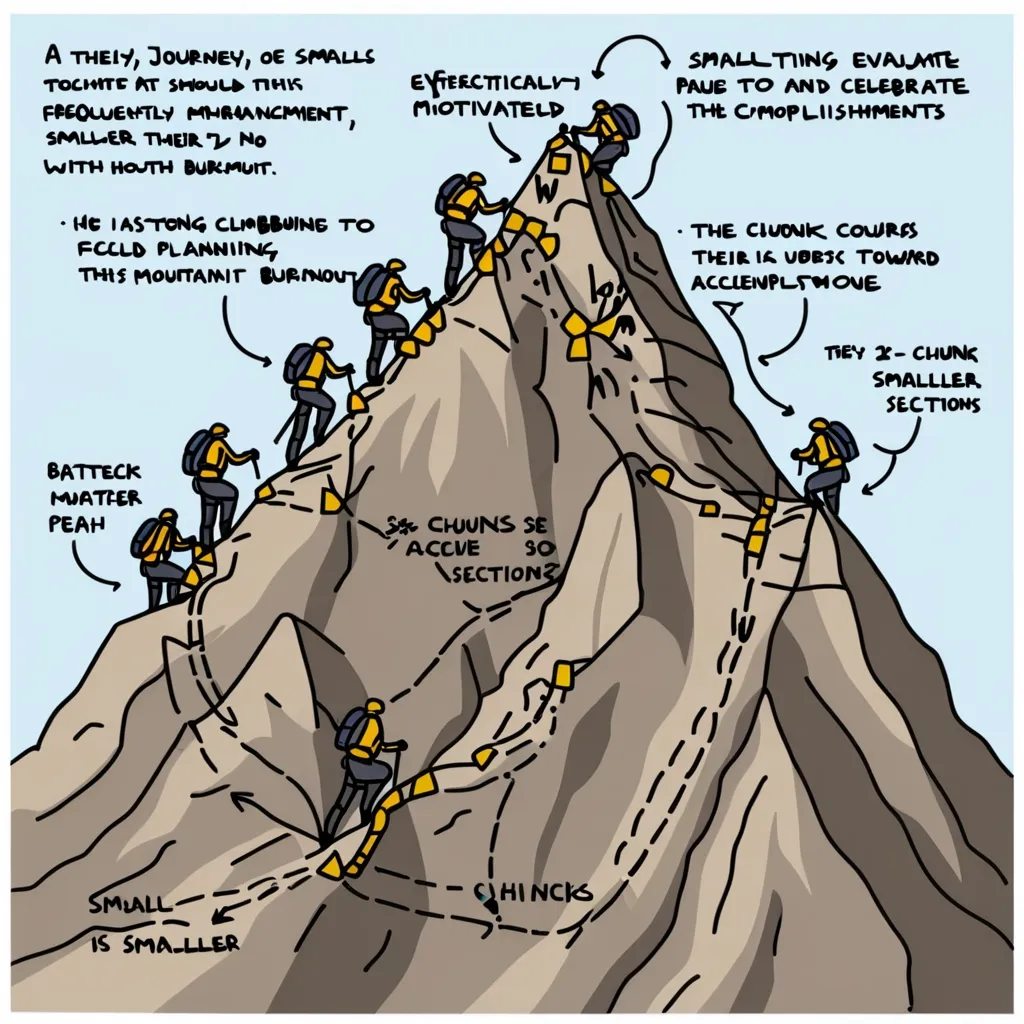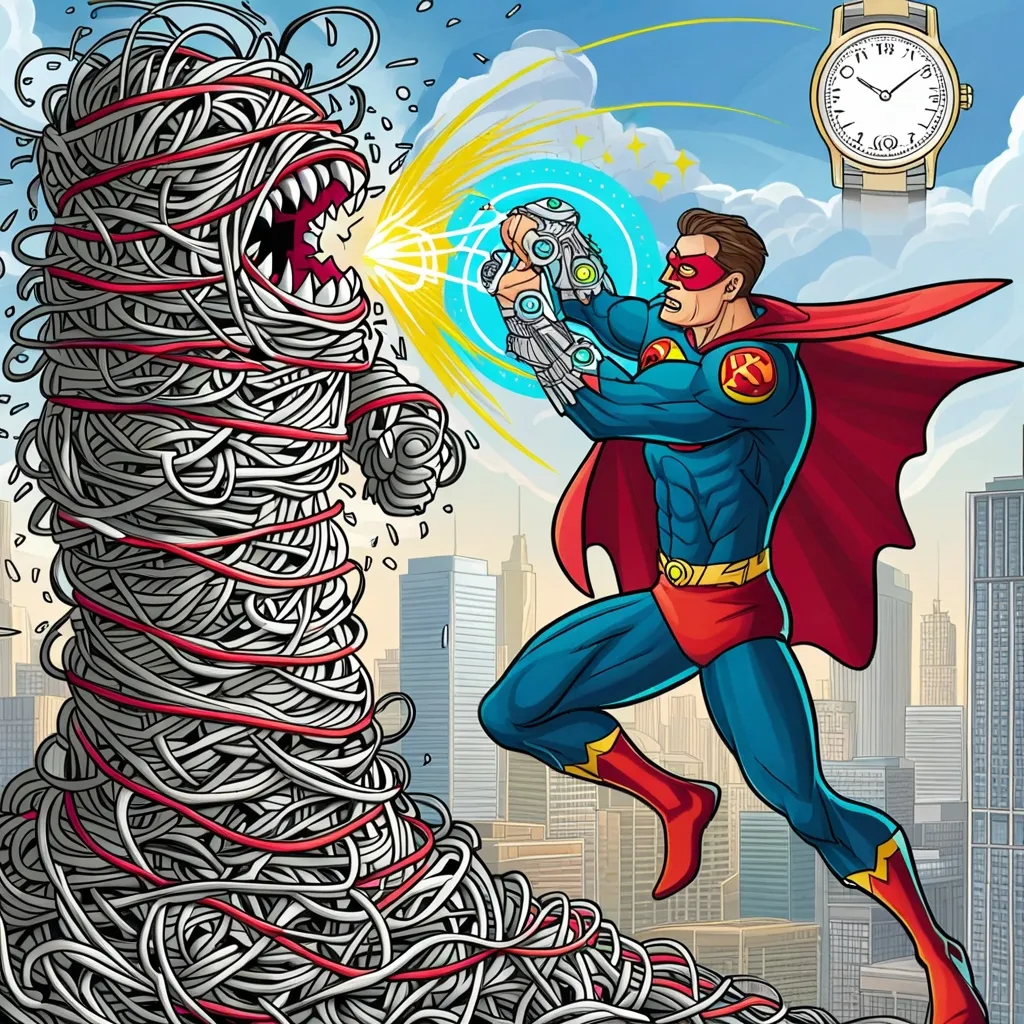In today’s fast-paced world, managing big projects can feel like climbing Everest. You look up, and the peak seems impossible to reach. That’s where agile frameworks like Scrum come into play, and within them, the trusty tool known as the “sprint” is a real game-changer. By breaking down these mammoth tasks into bite-sized, manageable chunks, sprints make the journey up the mountain a lot less daunting. Let’s dive into how you can use sprints to transform your project management game.
What’s a Sprint Anyway?
Picture a sprint as a short, focused period during which a team tackles specific tasks. These sprints usually last anywhere from one to four weeks. The key idea is to break down larger projects into smaller, digestible pieces, which helps keep the team laser-focused on clear, achievable goals within a set timeframe.
Why Bother with Sprints?
So why even bother with sprints? First off, they make it super easy to track progress and tweak plans as you go. Instead of getting lost in a sea of tasks, teams can deliver high-quality work quicker by focusing on smaller chunks. Plus, the regular bursts of productivity create a sense of accomplishment, keeping the motivation levels sky-high.
Game Plan for a Sprint
Planning a sprint is a team effort. It starts with a sprint planning meeting involving the product owner, Scrum Master, and the development team. During this meeting, the team discusses the key questions: What can we realistically accomplish in this sprint, and how are we going to do it?
The product owner usually kicks things off by sharing the sprint’s objective and listing the product backlog items that need to be tackled to hit that goal. The team then devises a game plan for how to complete these tasks, ensuring everything gets done by the end. This detailed to-do list is known as the sprint backlog.
Product Backlogs: The Master List
Before rolling up your sleeves and diving into sprint planning, you need a well-defined product backlog. Think of it as a master list of all the essential tasks and features that need to get done. Prioritized with customer input, this list ensures the most critical tasks are tackled first.
Breaking It Down
Once the sprint backlog is in place, the next step is to break down these tasks into smaller, bite-sized chunks. Ideally, these chunks should be small enough to be wrapped up within 8-16 hours. For instance, if you’re cooking up a new Facebook app, tasks might include researching Facebook’s API, planning the interface, or building a basic version of the app.
Sprint Execution and Review
Now comes the fun part: doing the work. During the sprint, the team focuses on completing the tasks laid out in the sprint backlog. At the end of the sprint, a Sprint Review takes place to evaluate what’s been done and gather feedback from stakeholders. This crucial feedback helps refine the product backlog and make necessary tweaks for the next sprint.
Getting Better All the Time
Regularly reviewing past sprints is essential for continuous improvement. One handy technique is the “Start, Stop, Continue” method, which helps teams pinpoint what should be started, stopped, or continued in future sprints. This ongoing refinement makes the process more efficient over time.
Keeping It Lean and Mean
A key principle of agile methodologies is the Lean Mindset, which aims to eliminate waste. Splitting sprint planning over multiple parts or extending it across several days can introduce unnecessary complexity and waste. Instead, holding a single focused session at the start of the sprint ensures the team has all the info needed to make informed decisions.
Sprints for Research? Absolutely
Sprints aren’t just for development tasks. They can also be used for research, workshops, and other activities. For example, a team might dedicate a sprint to technical spikes or exploring new ideas. These activities are integrated into the sprint backlog, making sure they align with the project’s overall goals.
Avoiding Burnout
Constant sprinting can lead to team fatigue. To prevent this, it’s wise to build some slack into the schedule, providing a buffer to handle unexpected tasks or focus on reducing technical debt. Some frameworks, like SAFe, recommend an “Innovation and Planning” sprint to give teams a break from non-stop development.
Sprints in the Real World
Sprints aren’t just for tech geeks. Any business can reap the benefits. Take a real estate company, for example. They might use sprints to manage the various phases of a project, such as planning, construction, and marketing. This approach helps maintain focus and ensures that each phase wraps up efficiently.
Wrapping It Up
Breaking down sprawling projects into sprints is a genius move for better project management. By concentrating on brief, achievable goals, teams can crank out high-quality work faster and keep up a sustainable pace. Whether you’re coding the next big app, flipping homes, or launching a startup, sprints can make managing complex projects way more effective, fun, and rewarding. So, ready to sprint your way to success?






